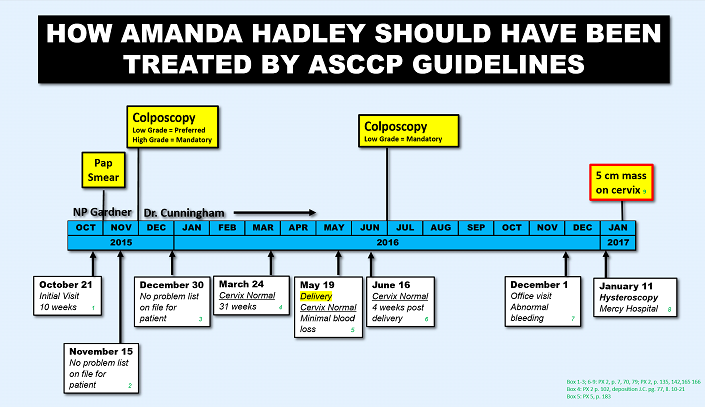What are medical diagnostic errors?
Diagnostic errors occur in many forms: Missed diagnosis, wrong diagnosis, and delayed misdiagnosis are just a few examples.
Missed diagnoses are conditions that are present but healthcare providers do not recognize. For example, a routine preoperative chest x-ray for hernia surgery reveals a mass. Unfortunately, no one tells the patient or follows up.
A wrong diagnosis or mistaken diagnosis involves a condition being misconstrued as another. Shortness of breath – which is really a pulmonary embolism – may be wrongly diagnosed as bronchitis. A delayed diagnosis is a present condition that should have been diagnosed and treated much earlier but was not. As a result, the delay in recognition and treatment increases the harm.
Presenting Medical Evidence
In this case I used a series of CT images taken over the course of time. These images show a cancerous liver mass and how the mass enlarged and progressed until it became untreatable. This diagnostic failure eventually cost the patient her life. Physicians originally missed the liver mass on the first CT scan, but it was clearly present and visible. At the time it was small and treatable had they properly diagnosed it.

Why take this case?
I presented this case for two reasons. First, it demonstrates how an experienced medical malpractice lawyer can make use of medical evidence. Easy-to-understand visuals help explain otherwise complicated information to lay jurors. Second, many lawyers will not take cancer cases. Cancer is very serious and often times a lethal illness. The depicted case involved a very rare type of cancer that is difficult to cure, but can be managed and controlled. I accept cancer cases because my nursing background provides me a unique understanding of the medical issues. This helps me to explain, illustrate, and present the case in an understandable manner to the jury. I understand that even if the patient cannot beat the cancer, having more time with family and better quality of life matters.
Illustrating Data Beyond Diagnostic Errors


